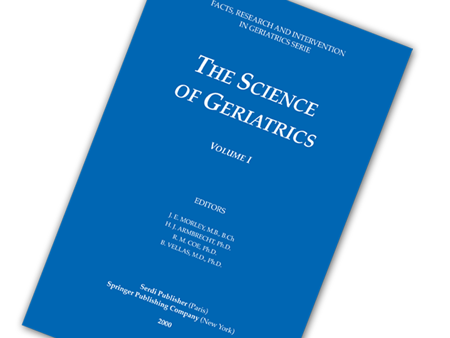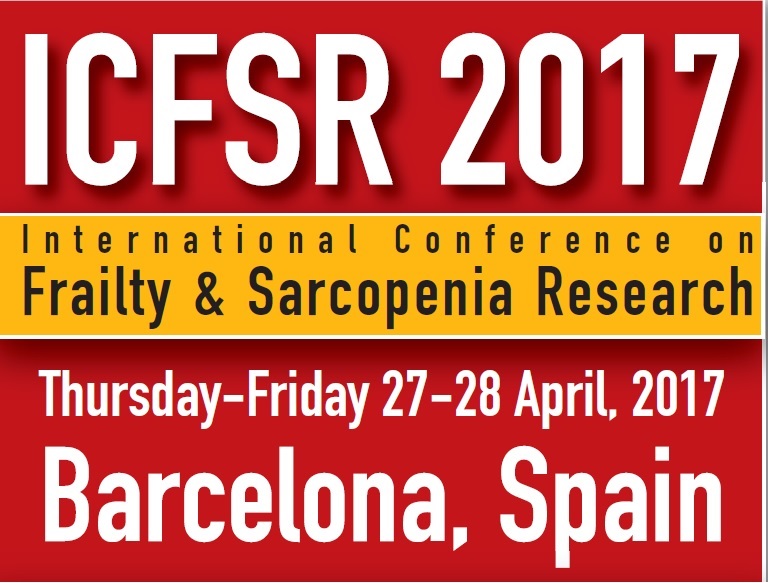With age, human tissues are less able to regenerate and age-related diseases appear. A cell becomes senescent when the damage exposition persists. The cell is then exposed to prolonged stress; and by a mechanism independent of p16Ink4a and p21Cip2, irreversible molecular modifications appear and cause a permanent cell cycle stop.
This is frequently found in pathologies associated with age. For this reason, the author of this review establishes the current state of knowledge about senescence, in connection with aging, and possible therapeutic approaches to limit this.
When cells enter in senescence, they develop a secretion profile called the “senescent-associated secretory phenotype” (SASP). This profile contains in particular proteins known for their role in aging such as: metalloproteases (MMP3), growth factors, chemokines (CCL2 and CCL11) and interleukins (IL1, IL6, IL8). The secretion of these SASP factors can also modify the cellular environment by acting on the neighboring cells and contribute to the “inflamm-aging”. But the author of this review asks the following question: is this senescence a cause or a consequence of aging? In fact, murine studies have shown that a semi-genetic clearance of senescent cells can slow down aging. Senescence seems to be a cause of aging rather than a consequence of it. At this stage of knowledge, the second question asked is: can we target this senescence? How? And what would be the consequences? The author reports two methods used to eliminate senescent cells: treatment with quercetin/dasatinib or with pan-B-cell lymphoma inhibitors (ABT-263 / ABT-737). The results of these therapeutics are limited given their low selectivity (effect on non-senescent cells), and their “off-target” toxicity. The research need to be continue to better understand the mechanism of senescence and to be able to target selectively the deleterious senescent cells.
In this context, the author indicates that the most interesting therapeutic molecules are those that target senescence and also stimulate regeneration. FOX family proteins (Forkhead box) seem to be a relevant choice. FOXOs are important cell cycle inhibitors. Studies have already shown the involvement of FOXOs in nematodes, flies and mammals longevity. With p53, they activate the p21Cip1 gene, which is found to be increased during senescence and can stop the cell cycle. Targeting FOXOs and p53 would prevent this. For that, we need to use molecules capable of penetrating the senescent cells (CPPs: peptides penetrating the cells) in order to target directly FOXO or p53 in the deleterious cells.
This review shows that targeting senescence could be a possible and interesting approach to limit aging and its associated pathologies. However, research needs to continue to determine how targeting senescent cells can influence tissue repair, and what toxicities might be limiting.
(1) Keizer, P.L.J. (2017). The Fountain of Youth by Targeting Senescent Cells? Trends Mol. Med. 23, 6–17.



